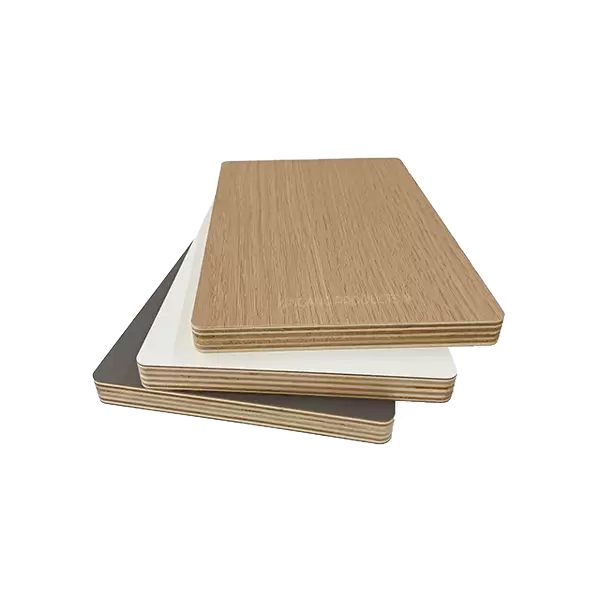Unveiling the Secrets: What Are Bathroom Partitions Made Of?
Bathroom partitions play a crucial role in ensuring privacy and functionality in public restrooms. While often overlooked, the materials used in their construction greatly impact their durability, aesthetics, and maintenance requirements. In this article, we will delve into the world of bathroom partitions, exploring the various materials they are made of and their unique characteristics.
- Phenolic Partitions:
Phenolic partitions are a popular choice due to their exceptional durability and resistance to moisture, impact, and vandalism. Composed of multiple layers of resin-impregnated kraft paper, these partitions are compressed under high heat and pressure. The result is a solid, non-porous panel that is resistant to scratches, graffiti, and even fire. Phenolic partitions are available in a wide range of colors and patterns, making them suitable for various restroom designs. - Stainless Steel Partitions:
Renowned for their sleek appearance and longevity, stainless steel partitions are a preferred choice for high-end commercial restrooms. Constructed from corrosion-resistant stainless steel sheets, these partitions offer exceptional strength and resistance to wear and tear. They are easy to clean, maintain, and provide a modern aesthetic that complements contemporary restroom designs. - Powder-Coated Steel Partitions:
Powder-coated steel partitions combine durability with versatility. These partitions are made from a solid steel core that is coated with a polyester powder finish. The powder coating not only enhances the partitions' resistance to scratches, stains, and graffiti but also allows for customization in terms of color and texture. Powder-coated steel partitions are an excellent choice for restrooms that require a balance between durability and design flexibility. - Solid Plastic Partitions:
Solid plastic partitions are constructed from high-density polyethylene (HDPE) panels, making them resistant to moisture, mildew, and bacterial growth. These partitions are highly durable, impact-resistant, and easy to clean. Solid plastic partitions are available in a variety of colors and textures, allowing for customization to match any restroom décor. Additionally, they are environmentally friendly, as they can be made from recycled materials. - Compact Laminate Partitions:
Compact laminate partitions are engineered using multiple layers of resin-impregnated kraft paper, similar to phenolic partitions. However, they undergo a different manufacturing process, resulting in a thicker and more robust panel. Compact laminate partitions offer exceptional strength, impact resistance, and resistance to moisture and vandalism. They are available in a wide range of colors, patterns, and textures, making them suitable for various restroom designs.
Conclusion:
Bathroom partitions are not just functional elements; they contribute to the overall aesthetics and durability of public restrooms. Understanding the materials used in their construction is essential for making informed decisions when designing or renovating restrooms. Whether it's the durability of phenolic partitions, the elegance of stainless steel, the versatility of powder-coated steel, the resilience of solid plastic, or the robustness of compact laminate, each material offers unique benefits to suit different restroom requirements. By choosing the right material, restroom owners can ensure long-lasting, visually appealing, and hygienic facilities for their visitors.




